Aspiring youths in self-help-groups: Can they become change agents in their communities?
by Shobhit Mishra and Abhishek Anand
May 27, 2020
7 min
Several self-help-group (SHG) programs across the country have contributed significantly to empower women in the social, political, and economic spheres. But, young female SHG members demand more from the SHG model. Read our blog for a more nuanced and detailed understanding of the key challenges of young female members, which, if resolved, can further add to the success of the SHG model.
Dhanshree is a 24-year-old entrepreneur from rural Maharashtra, India. She has a postgraduate degree and has been running a candle-making business for the past three years. Besides making candles, which is a seasonal business, she also provides tailoring and photo editing services to her customers. On a typical day, Dhanshree shifts between her various businesses as she completes orders and studies for her upcoming government job examinations. Despite all these responsibilities, she is also expected to complete her household work.
While most of us struggle to find time to do one job properly, this young woman from the Indian hinterland manages multiple roles efficiently. A recent study by MSC (MicroSave Consulting) sheds light on how someone like Dhanshree accomplishes this. The study spanned October, 2019 and January, 2020 and involved more than 200 female members from multiple self-help-groups based in Maharashtra, Rajasthan, and Uttar Pradesh. When compared to older members of self-help groups (SHGs) aged above 29 years, Dhansheree and her younger peers, who fall into the 18 to 29-year age group, are:
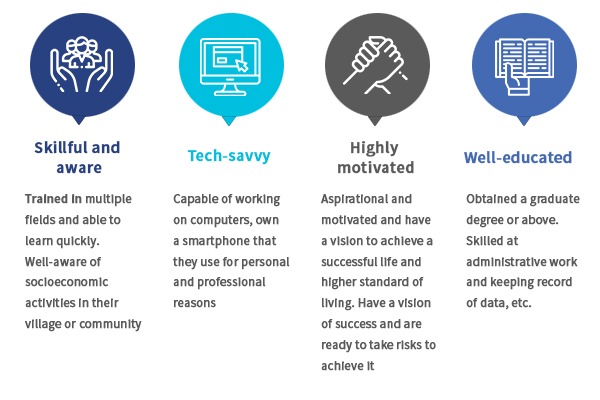
Dhanshree is not alone. Like her, many young and driven women from various self-help-groups are motivated to work tirelessly toward their goals and make life better for themselves, their families, and their communities.
What makes these young female members different from others?
An optimistic outlook and a desire to seek out new opportunities set these women apart from the rest. These young members are more enthusiastic about exploring new opportunities and have access to digital technologies that expose them to multiple sources of information.
MSC obtained responses to a qualitative survey from female self-help group members representing different age groups including young (18 to 29 years old), middle age (29+ to 45 years old), and old age (45+ years old).
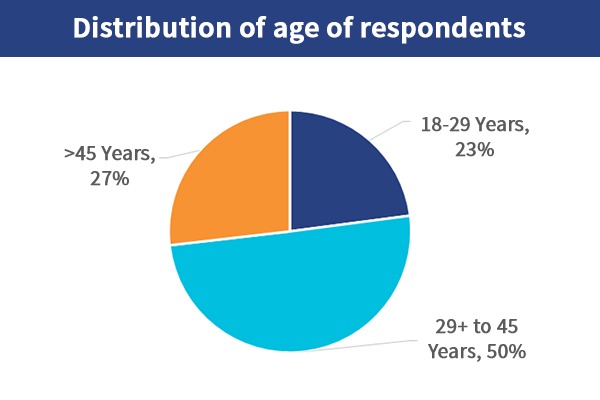
Respondents from the old-age category were least motivated to grow personally by taking calculated risks. They took part in SHGs mostly to socialize and engage in networking.
Hence, young female SHG members represent the promise within the SHG movement. They are ready and eager to utilize the group and work hard to improve their standard of living.
The thought process of young SHG members differs from their elders; they are more enthusiastic about exploring new opportunities
Profile assessment: Young vs. middle-aged vs. elderly
The profile assessment of young female SHG members in our study shows that they are well ahead of the middle-aged and older members in terms of digital literacy, awareness of formal financial mechanisms, as well as access and usage of savings mechanisms. The following infographic illustrates this in detail.
Why do female youth SHG members struggle to make a mark?
Former UN Secretary-General and Nobel Peace Prize laureate Kofi Annan once said, “Any society that does not succeed in tapping into the energy and creativity of its youth will be left behind.” With 27% or more than 110 million women in rural India falling into the age group of 15 to 29 years, SHGs in India present an opportunity for them to channel their energy and vision.

Key considerations for young female SHG members include:
New avenues of earning:
When asked, around half (49%) of young female members showed an interest in new avenues of earning that go beyond opening up a grocery shop or starting a small trading business. Instead, these women sought help to establish group-owned enterprises in their local communities. “There may be hundreds of different ways in which we can generate income by working in our locality. We want to know which business opportunities we can explore in our village. We are not equipped with the knowledge and information needed before selecting and starting a business venture,” said a 27-year-old SHG member from a village near Agra, Uttar Pradesh.
Better “access to markets” for women:
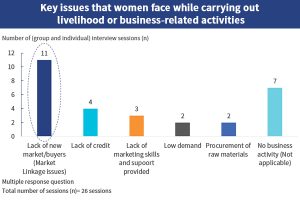
The issue of access to markets[1] has three dimensions:
- Physical access to markets—distance, cost, etc.
- The structure of the market and its networks—relations between producers, market intermediaries, and consumers
- Producers’ skills, information, and organization—an understanding of markets, prices, and trading protocols
Availability of resources (the need for “woman-power”):
Demands within local communities dictate which products and services small businesses offer. These small businesses generally focus on a small geographical area and utilize local resources, such as raw materials, local talent, and labor.
Many young female SHG members encounter challenges while procuring resources from their local markets. The most significant of these is human resources, namely, the availability of like-minded women who are ready to join start-up businesses. Due to a dearth of human resources, many businesses fail to achieve sustainability. This scarcity is largely attributable to behavioral biases that restrict women from pursuing livelihood opportunities.
Two young, like-minded SHG members recalled how they managed to earn a good income by setting up a small snack stall for a month during a festive season through a small investment and collaboration. “We need more women members who must be ready to work with us. All of us can contribute some money at the start to establish a food business. We all are good at something and I believe that if we come together, we can do wonders,” said one of the partners.
Training and development:
Although most of young female SHG members are digitally literate and financially aware, they lack specific digital finance skills and capabilities essential to run a business. Most find it difficult to decide which business opportunities to pursue. While they understand that the decision to launch a livelihood activity should be market-driven, they struggle to gauge which business has the potential and what the required level of expertise and scale should be.
These members require training in the areas of assessing local demand to identify enterprise opportunities, financial planning and risk management, resource planning, and marketing skills—branding and design elements.
Let us help young women to lead and succeed
The development of young women through SHGs could address unemployment rates directly among rural women. The National Statistical Office (NSO), which conducts India’s Periodic Labor Force Survey, found that the unemployment rate among rural female youth (aged 15-29) was 13.6% during 2017-18. If both state and central governments want to close this unemployment gap, SHGs offer a ready medium through which this can be accomplished. Besides, these young female members of SHGs can further help the central government to achieve its vision of making India self-reliant.
Thus, we note that young female SHG members demand more from the SHG model. They seek to utilize the model for not only financial services but also for livelihood development. We have learnt that creating scalable and successful SHG models involves focusing on the younger SHG members. As young members are the future of SHGs, the development community must empower these women. It is important to remember the words of Kofi Annan, “From creating start-ups to igniting revolutions, young people have been toppling the old structures and processes that govern our world. Just imagine what solutions might be found if young people are given the space and encouragement to participate and lead.” SHGs would be well suited to follow this advice.
[1]Micro Solutions for Macro Crisis: Sustaining small and marginal farmers in Andhra Pradesh. A report by the Centre for Sustainable Agriculture, Hyderabad, India.
Leave comments
Rahul Agrawal
27 May, 2020
Can some info. be provided on not-for-profit organizations who are working for in the field of market linkage for tapping the potential of these SHGs. Or in that matter what could be done? Thanks!!!
Rahul Agrawal
27 May, 2020
Can some info. be provided on not-for-profit organizations who are working for in the field of market linkage for tapping the potential of these SHGs. Or in that matter what could be done? Thanks!!!
Written by

Shobhit Mishra
Senior Analyst
 by
by  May 27, 2020
May 27, 2020 7 min
7 min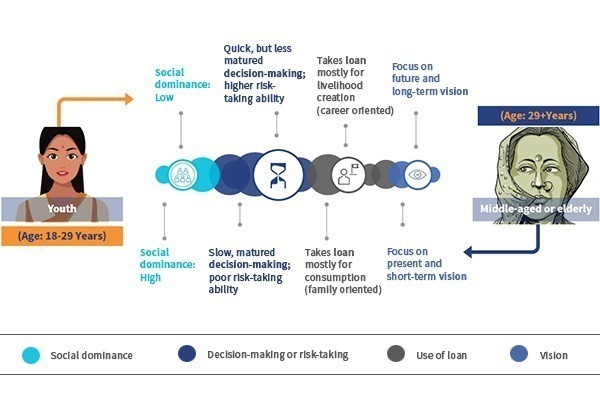
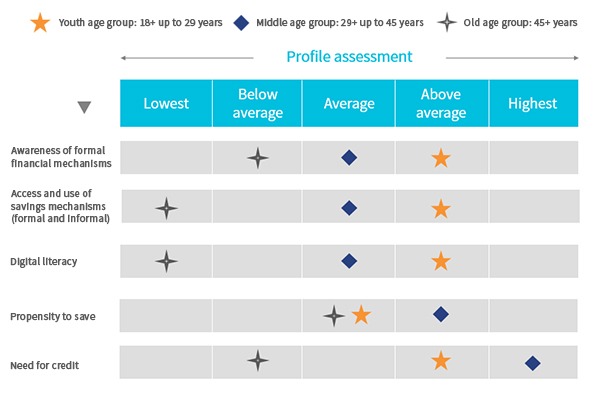
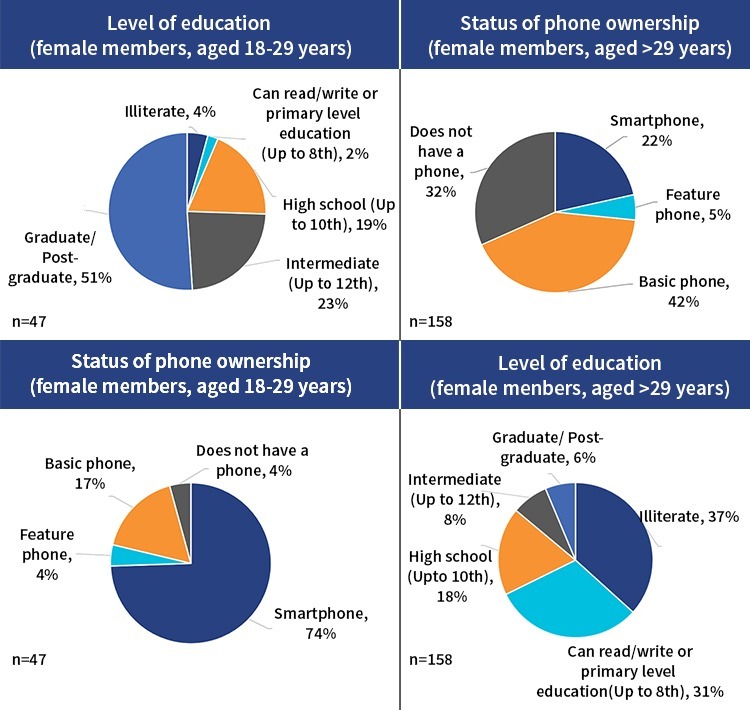
Comments (2)